OP Sequence
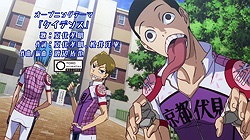 |
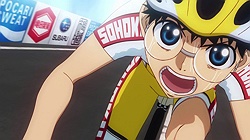 |
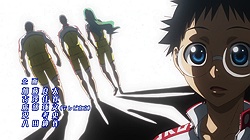 |
 |
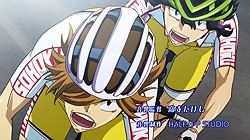 |
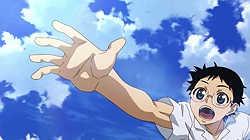 |
OP: 「Cadence」 (ケイデンス) by (Takaaki Natsushiro)
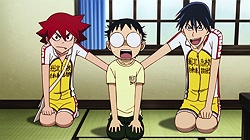 |
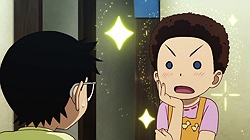 |
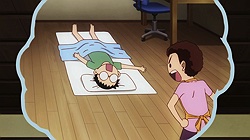 |
 |
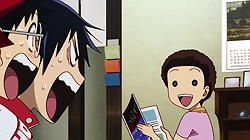 |
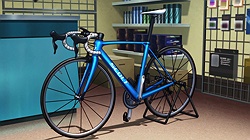 |
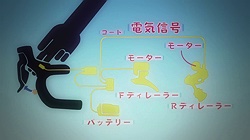 |
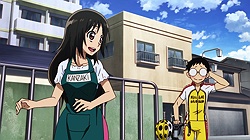 |
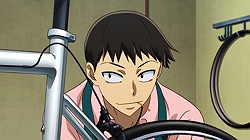 |
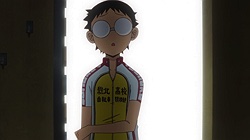 |
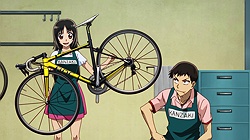 |
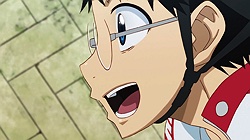 |
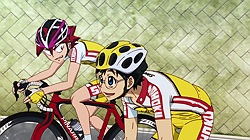 |
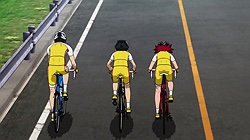 |
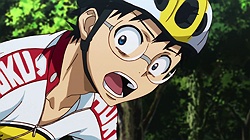 |
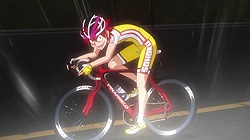 |
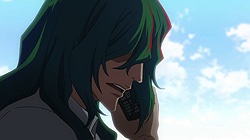 |
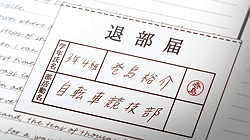 |
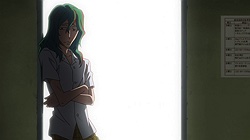 |
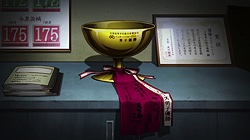 |
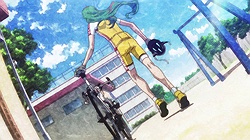 |
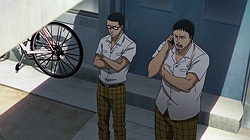 |
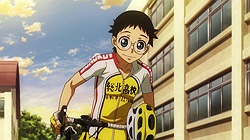 |
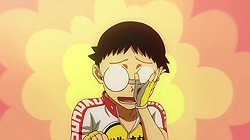 |
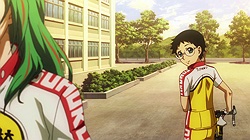 |
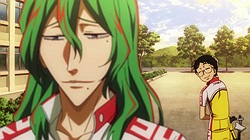 |
 |
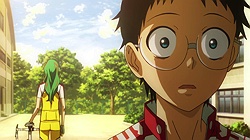 |
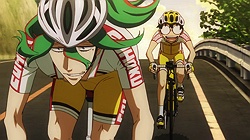 |
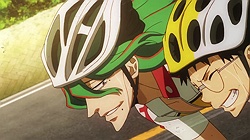 |
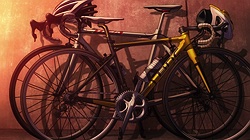 |
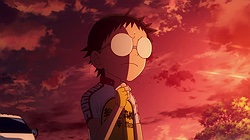 |
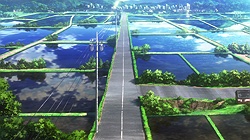 |
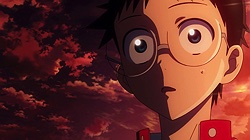 |
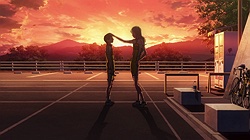 |
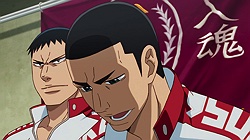 |
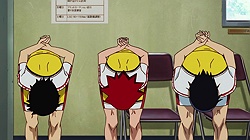 |
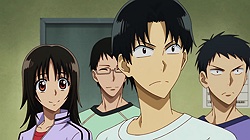 |
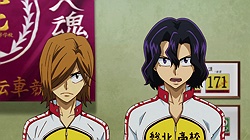 |
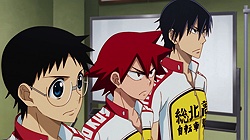 |
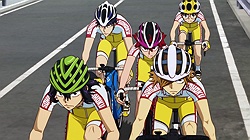 |
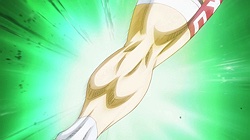 |
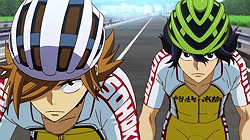 |
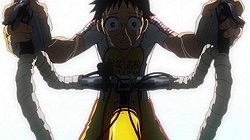 |
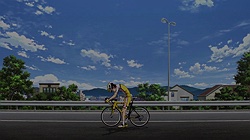 |
「最後の峰ヶ山」 (Saigo no mine ~ke yama)
“The Last Minegayama”
My goodness – can it really have been 21 months since Yowamushi Pedal: Grande Road ended? Watching the premiere of “New Generation” it seemed as if no time had passed at all – but then, that’s the power of anime we feel especially affectionate about. When they return from a long absence it’s like meeting an old friend and feeling like you’ve never been apart. And it sure doesn’t hurt that this was a superb into for the third season – an episode that had everything that was great about Yowapeda in microcosm.
What it is about Yowapeda that makes is so wonderful? If I had to sum it up in one word, it would be “heart” – Yowamushi Pedal has more of it than just about any sports series out there. It really seems to be a reflection of its mangaka Watanabe Wataru, who by all accounts is very much a real-life Onoda Sakamichi – a humble megane-wearing bike otaku who’s living the dream after achieving unexpected success. Yowapeda and Watanabe’s other manga, Majimoji Ruromo, seem very different – but they share an innate sweetness and positivity that seems totally genuine. Unlike many popular mangaka Watanabe-sensei doesn’t hide his identity behind doodled animal self-portraits and pen names – he puts himself out there, promoting the sport he loves every chance he gets (and he’s helped see a rise in cycling’s popularity in Japan of surprising proportions).
Of course Yowapeda has a lot else going for it too. Of all the “next gen” sports manga I think it most successfully straddles both worlds – it manages to be be extremely popular with the Animate! set (in the old days sports anime almost never sold many discs) while maintaining popularity with fans of traditional sports series. That’s partly because Watanabe cares deeply about cycling and tries to get the details as spot-on as possible, and because he and TMS Entertainment give great care to the competition arcs. It’s also because Yowamushi Pedal is thoroughly a character-driven sports story with a really superb cast of characters who are incredibly distinct, and that makes it a lot easier to emotionally connect with.
“New Generation” starts off with one of the most delightful subplots in Yowapeda, Onoda’s mom – specifically, Naruko and Imaizumi trying to explain to her why her son took his bike up Mt. Fuji without telling her. What they don’t know of course is that she was at the Inter-high, though she finally spills the beans here. She’s great – a loving and slightly daffy anime parent who totally fits. We also see the three first-years showing off their hot new gear: a new frame with an electronic gear shifter for all-rounder Imazumi, a light carbon-fiber frame for climber Onoda, and dense carbon-tubular racing wheels for Naruko.
The real drama here, though, surrounds Makishima. He’s going off to England to live with his brother and go to college, but in typical Maki-chan fashion he’s kept the news to himself – not even telling Kinjou and Tadokoro. The one this is going to be hardest for is Onoda, of course. Maki and Sakamichi may be my favorite sempai-kouhai relationship in shounen manga – it developed so naturally from awkwardness to affection to mutual respect to brotherhood. I’ve read this part of the manga so I knew what was going to happen, but the entire sequence starting with Sakamichi and Maki-chan’s meeting outside the clubroom (where Onoda vibed on what was about to happen) to their talk on top of Minageyama was still heartbreaking. Sakamichi’s adoration of Makishima is so authentic and typical of boys his age, and you can really see what the relationship has done to help the socially awkward Makishima grow as a person.
The loss of his mentor and climbing soul-mate is obviously going to prove hugely difficult for Onoda. But of course the Sohoku Cycling Club does have other issues to deal with – namely that they’re losing their third-years. Kinjou makes Teshima the new captain, hardly a surprise given how much more vocal he is than Aoyagi. It’s an interesting dynamic we have here – Teshima and Aoyagi have always been joined at the hip, and the three first-years have been honed through combat into a cohesive trio. Teshima’s challenge is to create a cycling team that’s not in point of fact two teams competing against each other – especially difficult given that it’s the younger trio that are the established stars.
Watanabe has his own challenges with Yowamushi Pedal. In having the Sohoku Six win the Inter-high in Onoda’s first year, he’s done something so unorthodox in sports manga as to be nearly unprecedented. Now he has to write a story where other challenges become even more dramatic – trying to defend with a target on their backs, trying to become a cohesive team, coping with the loss of beloved friends and mentors – without those new challenges seeming anti-climactic. Because Yowapeda is a people-driven story and because the cast is so strong, I’m confident he can pull it off – Yowapeda may be riding a different course than most of its genre, but I’m convinced it has the dramatic firepower to chart it successfully.
ED Sequence
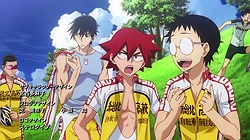 |
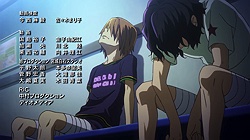 |
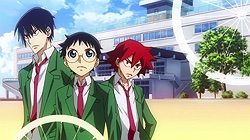 |
b>ED: 「ナウオアネバー」 (ケイデンス) by (YouthK Saeki)
Omake
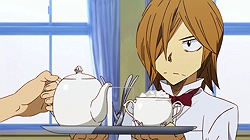 |
 |
 |

So I know this is apparently the third season of this show. However since it’s called New Generation does that mean I can just jump right in or were these characters introduced previously and thus knowledge of previous seasons is required?
The main cast are the same from season 1.
Thanks for clearing that up for me. I’ll have to look into watching the first two seasons then and put this one on the backburner.
Personally, I would strongly advise watching the first two seasons first (movies are optional). One, they’re really good. Two, I don’t think this season would have much emotional traction if you have no grounding with these characters and this story.